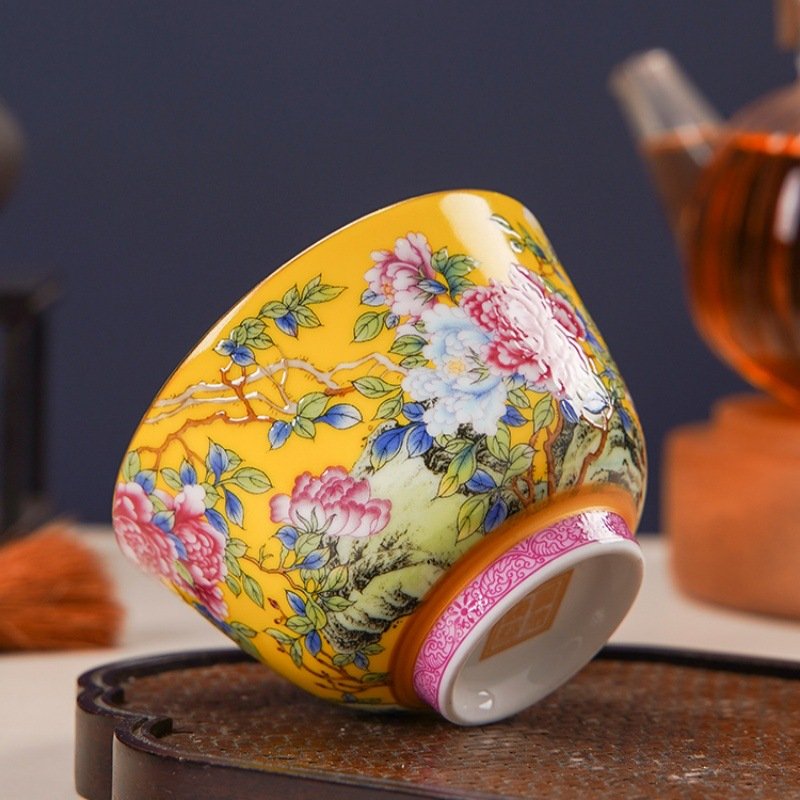Address
304 North Cardinal
St. Dorchester Center, MA 02124
Work Hours
Monday to Friday: 7AM - 7PM
Weekend: 10AM - 5PM
Address
304 North Cardinal
St. Dorchester Center, MA 02124
Work Hours
Monday to Friday: 7AM - 7PM
Weekend: 10AM - 5PM

Design pattern: Design the overall shape and surface decoration pattern of the tea cup according to needs and creativity. The pattern design should take into account the performance characteristics of enamel color, pay attention to color matching and detail processing, so as to show a unique artistic effect.
Making the body
Material selection: Generally, high-quality porcelain clay such as kaolin is selected, which has the characteristics of fineness, purity, high refractoriness, etc., which can ensure the quality and texture of the body.
Molding: Through traditional ceramic molding processes such as throwing and sharpening, the porcelain clay is made into the required teacup shape. Throwing is to put the porcelain clay on a rotating wheel and use centrifugal force and manual skills to pull it into a cup blank; sharpening is to further trim and finely process the pulled blank to make it accurate in size and smooth on the surface.
Firing: The formed cup blank is placed in a kiln for bisque firing, and the bisque firing temperature is usually around 800℃ – 900℃. The purpose of bisque firing is to make the blank initially dense and enhance its strength for subsequent painting and firing processes.
Drawing enamel
Grinding pigments: Enamel pigments are mixed with a variety of metal oxides. They need to be finely ground and screened to make their particles fine and uniform, so that they can be painted and present good color effects after firing.
Composition and outlining: On the body after bisque firing, use a special brush to dip the enamel pigments, and compose and outline according to the designed pattern. This step requires the painter to have superb painting skills and rich experience to ensure the smoothness and accuracy of the lines.
Coloring and rendering: According to the needs of the pattern, fill the outlined lines with enamel pigments of different colors, and use rendering and other techniques to make the color transition natural and rich in layers. The colors of enamel are bright and vivid, and have strong expressiveness, but in the painting process, attention should be paid to the thickness and uniformity of the pigments to avoid color flow or uneven colors.